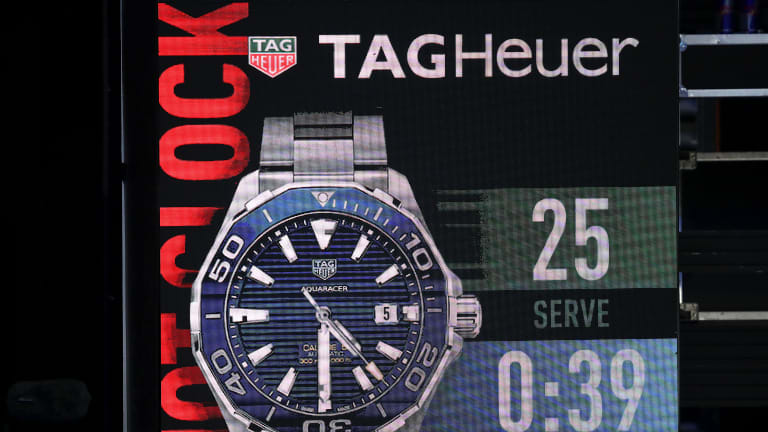Next Gen ATP Finals
No ad? No thanks. Leave tennis' scoring format alone in the pros
By Nov 07, 2019Next Gen ATP Finals
With Medjedovic triumph, Next Gen Finals remains starmaker, springboard for ATP innovation
By Dec 02, 2023Next Gen ATP Finals
Hamad Medjedovic upsets Arthur Fils in five-set Next Gen ATP Finals championship match
By Dec 02, 2023Next Gen ATP Finals
Arthur Fils to meet Hamad Medjedovic in Next Gen Finals championship match
By Dec 01, 2023Next Gen ATP Finals
Arthur Fils and Hamad Medjedovic stay perfect and reach final four at Next Gen Finals
By Nov 30, 2023Next Gen ATP Finals
Arthur Fils and Hamad Medjedovic maintain winning starts at Next Gen Finals
By Nov 29, 2023Next Gen ATP Finals
Arthur Fils and Luca van Assche start with wins at Next Gen Finals
By Nov 28, 2023Next Gen ATP Finals
Taylor Fritz, Jiri Lehecka more proof that the ATP's 21-and-under Next Gen concept has come of age
By Feb 20, 2023Next Gen ATP Finals
Nakashima beats Lehecka again to win Next Gen Finals title
By Nov 12, 2022Next Gen ATP Finals
Brandon Nakashima to face Jiri Lehečka for Next Gen ATP Finals title
By Nov 12, 2022Next Gen ATP Finals
No ad? No thanks. Leave tennis' scoring format alone in the pros
No ad scoring creates shorter matches and more dramatic points, but at a cost.
Published Nov 07, 2019
Advertising
Advertising

No ad? No thanks. Leave tennis' scoring format alone in the pros
© Julian Finney/Getty Images
Advertising

No ad? No thanks. Leave tennis' scoring format alone in the pros